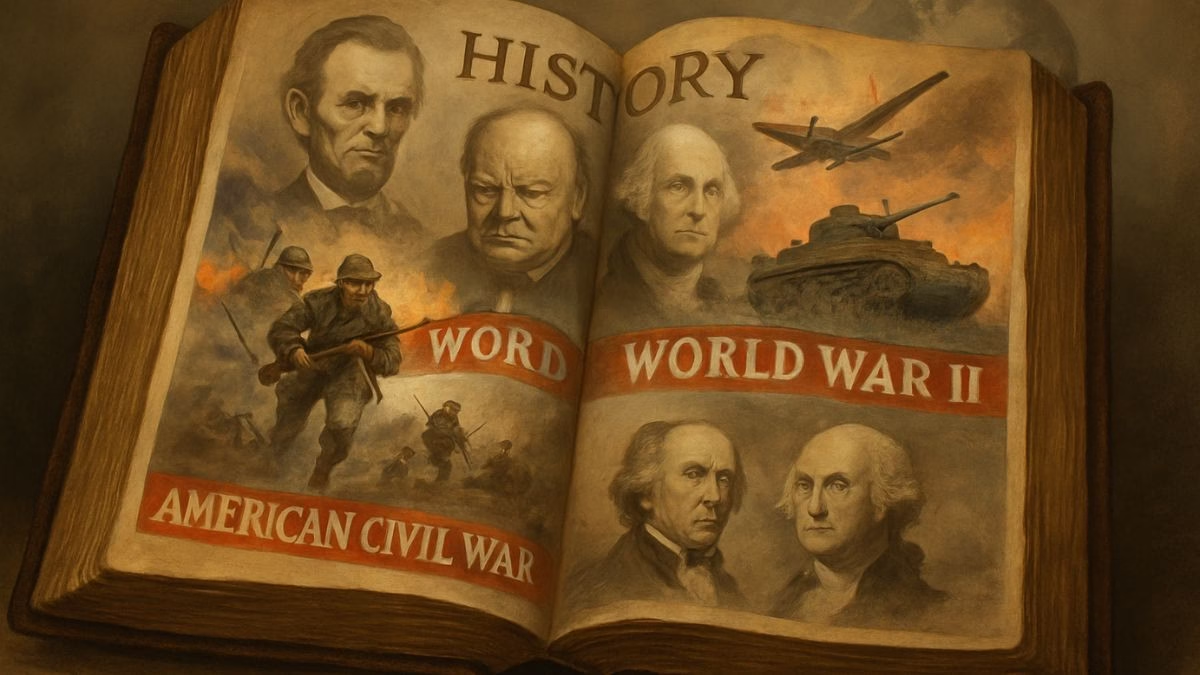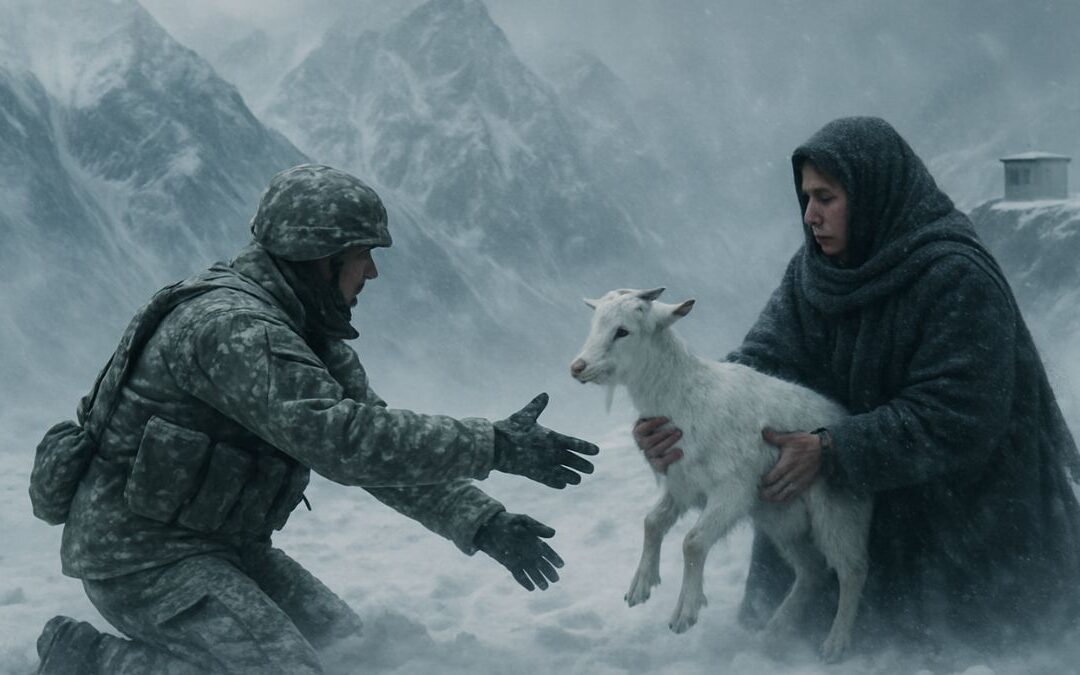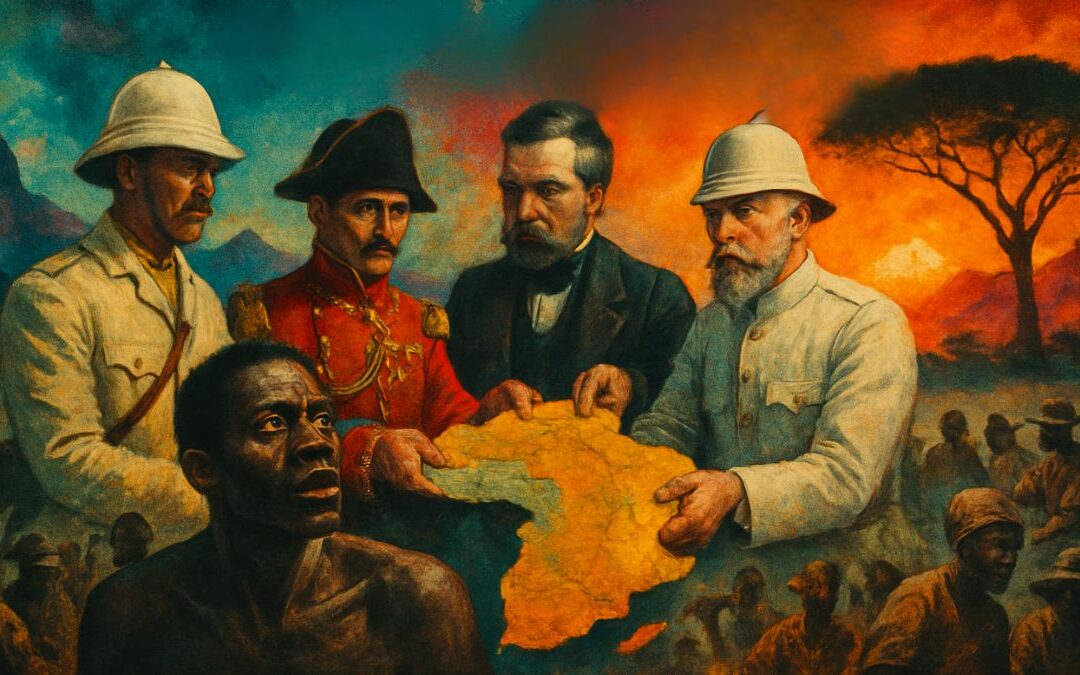Introduction
What if the world you wake up to every morning—your passport, your phone’s GPS, your right to vote, even your country’s borders—exists the way it does because of decisions made in wartime? This quiz invites you to explore history’s turning points with a fresh, conversational approach. It’s more than a test; it’s a guided learning experience that helps you connect major conflicts to the modern systems we rely on today: nation-states, global institutions, human rights movements, international trade, and technology. As you answer each question, you’ll get hints to steer your thinking and rich feedback that explains not only what’s correct but why it matters. By the end, you’ll see the wars you’ve heard about—Napoleonic battles, the World Wars, the Cold War—through a new lens: not as distant events, but as engines of change that still hum beneath our everyday lives.
Learning Quiz
This is a learning quiz from English Plus Podcast, in which, you will be able to learn from your mistakes as much as you will learn from the answers you get right because we have added feedback for every single option in the quiz, and to help you choose the right answer if you’re not sure, there are also hints for every single option for every question. So, there’s learning all around this quiz, you can hardly call it quiz anymore! It’s a learning quiz from English Plus Podcast.
Quiz Takeaways
History’s biggest wars are not just dates on a timeline—they’re decision trees. Each branch leads to a world that could have been, and the branch we took explains a surprising amount about the world we inhabit now. If you followed the quiz carefully, you probably noticed a pattern: the outcomes that matter most are not only battlefield victories, but the systems built around them—diplomacy, alliances, economies, and ideas about legitimacy and human rights. Let’s walk through the core lessons you just practiced, and connect them into a single story about how war reshaped the modern world—and how peace is sustained, when it is sustained at all.
We began with the Napoleonic Wars and the Congress of Vienna. Why start there? Because Vienna is where great powers tried to engineer stability after years of upheaval. The balance-of-power concept was essentially a safety valve: no single state should become so dominant that it can rewrite the rules alone. That design guided Europe for decades and reminds us that postwar settlements matter as much as wartime strategies. If you only plan for victory and not for governance, you plant the seeds of the next crisis.
World War I showed how a spark can become a wildfire when structures are brittle. Alliance chains and imperial rivalries stretched the conflict over continents. The Schlieffen Plan’s failure shattered illusions about quick wars. Industrial firepower, trenches, and strained logistics produced a stalemate that consumed entire societies. The deeper lesson is humility: technology can change the character of war faster than leaders can update their assumptions. When leaders cling to outdated playbooks, soldiers and civilians pay the price.
The peace that followed World War I was, frankly, a missed opportunity. Harsh terms and economic disarray in Germany encouraged radicalization. This should focus our attention on the link between dignity and stability. When a settlement humiliates rather than integrates, it can drive a wounded society toward extremism. Peace must be firm but future-oriented, balancing accountability with a path back into the community of nations.
World War II hammered this home in two theaters at once. In Europe, turning points like Stalingrad revealed the power of endurance and logistics. In the Pacific, island-hopping demonstrated that strategy is about choices—where not to fight is as important as where to fight. Maneuver, supply lines, and control of air and sea lanes often matter more than headline battles. Leaders learned to target systems, not just strongpoints.
The world after 1945 looked different because policymakers finally understood that peace needed scaffolding. The United Nations tried to institutionalize collective security. Meanwhile, the Bretton Woods institutions and the Marshall Plan treated economics as security policy; resilient democracies need food on tables, jobs in cities, and hope among the young. This intertwining of prosperity and peace is a thread that runs through the entire postwar order. If you want to prevent the next war, repair the roof of the house—don’t just silence the thunder.
Nuclear weapons forced a new kind of caution. Mutually Assured Destruction is a grim idea, but it worked as a brake on direct superpower war. The Korean War then taught another lesson: conflicts could be limited—ferocious but bounded—to avoid nuclear escalation. From that point, the Cold War was fought in proxy wars, arms races, and ideologies rather than head-on clashes. It was still deadly, but the logic of deterrence prevented global annihilation.
Decolonization changed the map and the conversation. War-weakened empires faced energetic nationalist movements, and newly independent states demanded voice and dignity. The Suez Crisis exposed the decline of old imperial reflexes: London and Paris could no longer act as they once had. That shift matters for understanding today’s world of 190-plus sovereign states, many of which carry colonial legacies into their development challenges and diplomatic priorities.
The division of Europe hardened into institutions—NATO and the Warsaw Pact—demonstrating that alliances can be more than signatures; they are ecosystems of planning, training, and shared expectations. But Vietnam warned that military power without political legitimacy is a mirage. You can win firefights and still lose the storyline that persuades people to accept a government’s authority. “Hearts and minds” is not a slogan; it’s a reminder that people judge systems by justice, opportunity, and respect, not just security.
The 1973 war and oil embargo globalized the meaning of a regional conflict. Energy became a strategic lever capable of reshaping economies far from the battlefield. That episode trained policymakers to treat supply chains and raw materials as national-security issues—an idea that now extends to semiconductors, rare earths, and even data. War affects what fills your tank and powers your phone.
The Soviet-Afghan War highlighted the cost of overreach. Prolonged conflict can drain the vitality of a superpower, accelerate domestic reform movements, and crack brittle systems. The Berlin Wall’s fall then offered a cinematic finale to the Cold War, signaling the collapse of an empire not through invasion but through the implosion of legitimacy and the magnetism of freedom. It’s a potent reminder that walls rarely outlast the desires of the people on both sides.
Across these episodes, civilians moved to the center of the story. The two World Wars blurred front lines and home fronts, making civilian protection a legal and ethical priority. Modern humanitarian law grew in response to total war’s horrors. At the same time, war accelerated technology—radar to air traffic control, rockets to space exploration, codebreaking to computing. The dual-use nature of innovation means that today’s lifesaving tech sometimes has roots in yesterday’s battlefield.
What, then, is the composite lesson? Winning a war and securing a peace are different skill sets. The first is about defeating an adversary; the second is about building legitimacy. That requires institutions people trust, economies that offer a stake in the future, and politics that widen the circle of dignity. It also requires restraint: knowing that some victories cost more than they deliver, that escalation ladders are slippery, and that the most strategic move is often to tackle grievances before they harden into causes for war.
If you carry one idea forward from this quiz, let it be this: peace is not the default setting of history—it is a design challenge. The design tools are now familiar to you: balance of power, inclusive settlements, economic recovery, alliances that deter without provoking, human rights that protect the vulnerable, and narratives that persuade people their future is safer inside the system than outside it. Wars shape the world; our job is to ensure the shape they leave behind is one we can live in—safely, freely, and together.










0 Comments